1. Connect to the Text
- Read or revisit Afloat by Kirli Saunders, focusing on the use of nature and creative expression.
- Discuss how weaving connects to Indigenous Australian culture and sustainability.
2. Introduce the Design Task
- Explain that students will create a paper weaving artwork using classroom materials.
- Talk about sustainability in our context: using what we already have in the classroom instead of buying from the shop.
3. Model the Weaving Process
Children can colour or paint the paper the way they like.
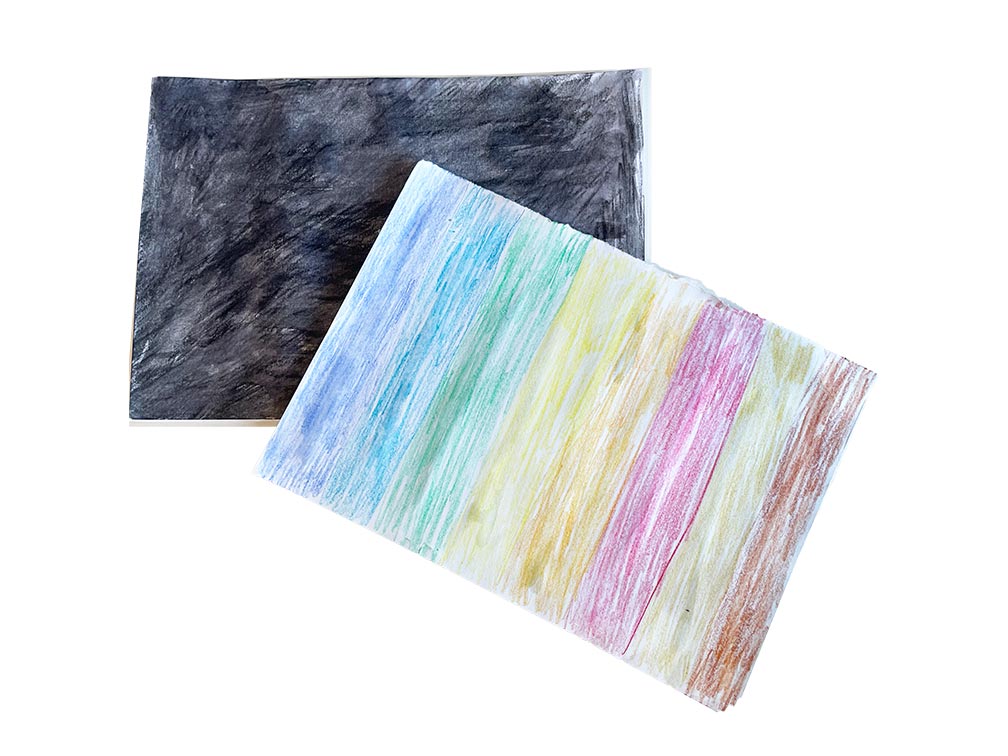
- Fold one piece of paper in half (this is the base or loom).
- Cut straight lines from the folded edge up toward the open edge, stopping about 2–3 cm from the top.
- Cut the second piece of paper into strips. Strips can vary in colour and width. The more diverse, the better.
- Open the base and begin weaving the strips over and under through the slits.
- Alternate starting points for each new strip: first one starts over, the next starts under.
- Continue until the base is full or mostly full.
- Glue or tape the ends.
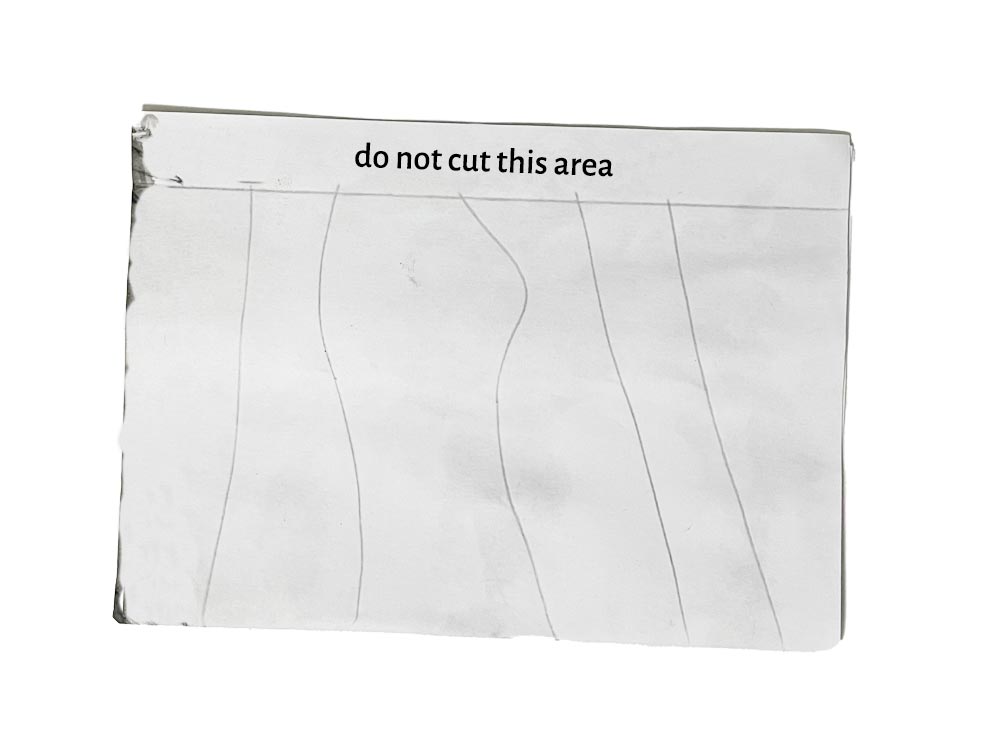
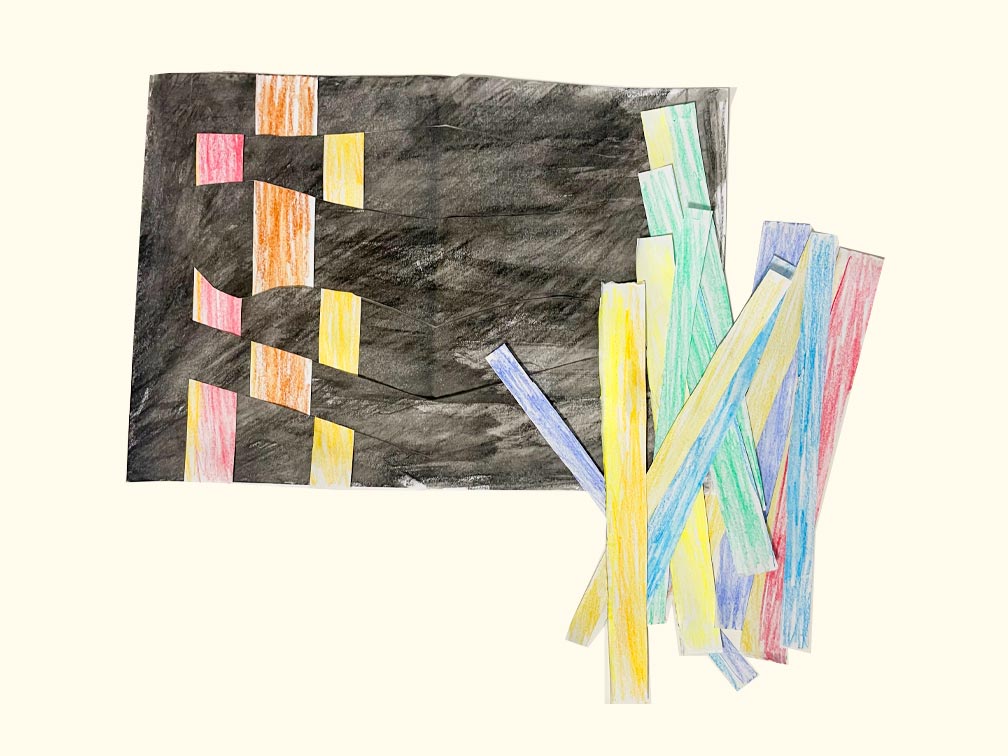
4. Student Work Time
- Let students create their own woven artwork, helping as needed.
- Encourage creativity with colour and pattern combinations.
- Ask reflective questions like: What patterns do you notice? How is this showing care for the environment?
5. Share and Reflect
- Display the finished work around the room or on a bulletin board titled ‘Woven with Care’.
- Invite students to share their artwork and what they learned about weaving and sustainability.


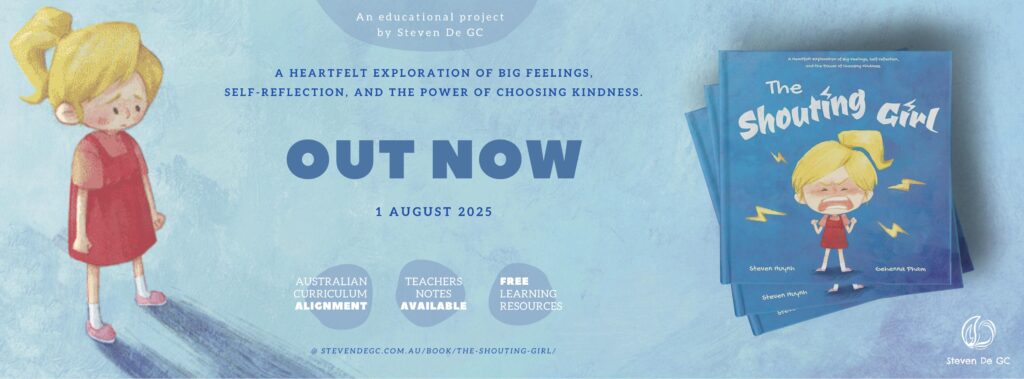
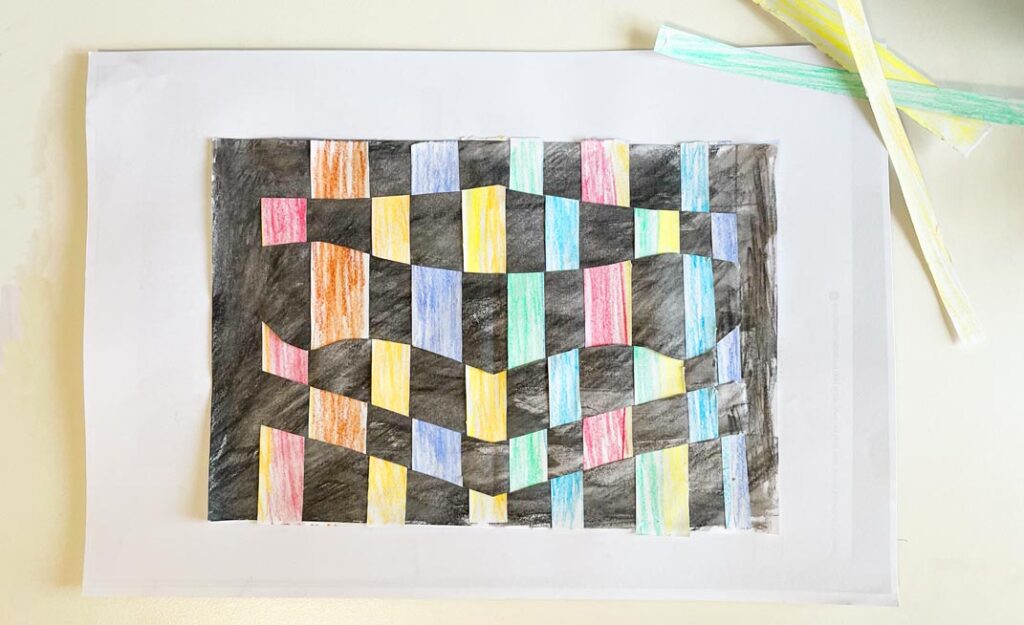
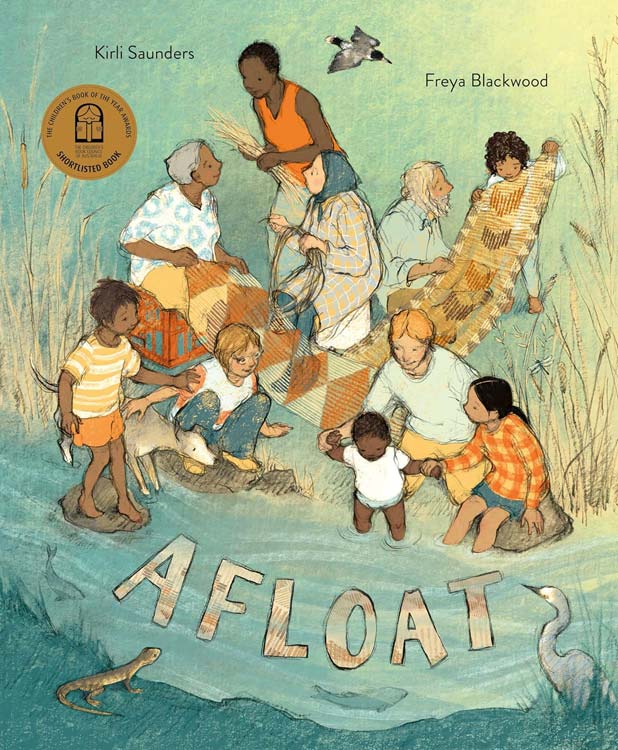
![[T4R] Let’s Build a Boat: L11 Evaluation and Reflection [T4R] Let’s Build a Boat: L11 Evaluation and Reflection](https://stevendegc.com.au/wp-content/uploads/2025/05/LetsBuildaBoat-T4R-Lesson11-Cover-1024x626.jpg)
![[T4R] Let’s Build a Boat: L8 Testing the Raft [T4R] Let’s Build a Boat: L8 Testing the Raft](https://stevendegc.com.au/wp-content/uploads/2025/05/LetsBuildaBoat-T4R-Lesson8-Cover-1024x626.jpg)
![[T4R] Let’s Build a Boat: L7 Making a Raft [T4R] Let’s Build a Boat: L7 Making a Raft](https://stevendegc.com.au/wp-content/uploads/2025/05/LetsBuildaBoat-T4R-Lesson7-Cover-1024x625.jpg)
![[T4R] Let’s Build a Boat: L6 Writing a Boat-making Procedure [T4R] Let’s Build a Boat: L6 Writing a Boat-making Procedure](https://stevendegc.com.au/wp-content/uploads/2025/05/LetsBuildaBoat-T4R-Lesson6-Cover-1024x626.jpg)
![[T4R] Let’s Build a Boat: L5 Connecting to a Different Text [T4R] Let’s Build a Boat: L5 Connecting to a Different Text](https://stevendegc.com.au/wp-content/uploads/2025/05/LetsBuildaBoat-T4R-Lesson5-Cover-1024x626.jpg)
![[T4R] Let’s Build a Boat: L3 Making Connections [T4R] Let’s Build a Boat: L3 Making Connections](https://stevendegc.com.au/wp-content/uploads/2025/05/LetsBuildaBoat-T4R-Lesson3-Cover-1024x625.jpg)
![[T4R] Let’s Build a Boat: L2 Making Predictions [T4R] Let’s Build a Boat: L2 Making Predictions](https://stevendegc.com.au/wp-content/uploads/2025/05/LetsBuildaBoat-T4R-L2-Cover-1024x627.jpg)
![[T4R] Let’s Build a Boat: L1 Background Knowledge [T4R] Let’s Build a Boat: L1 Background Knowledge](https://stevendegc.com.au/wp-content/uploads/2025/05/LetsBuildaBoat-T4R-L1-Cover-1024x626.jpg)
Leave a Reply